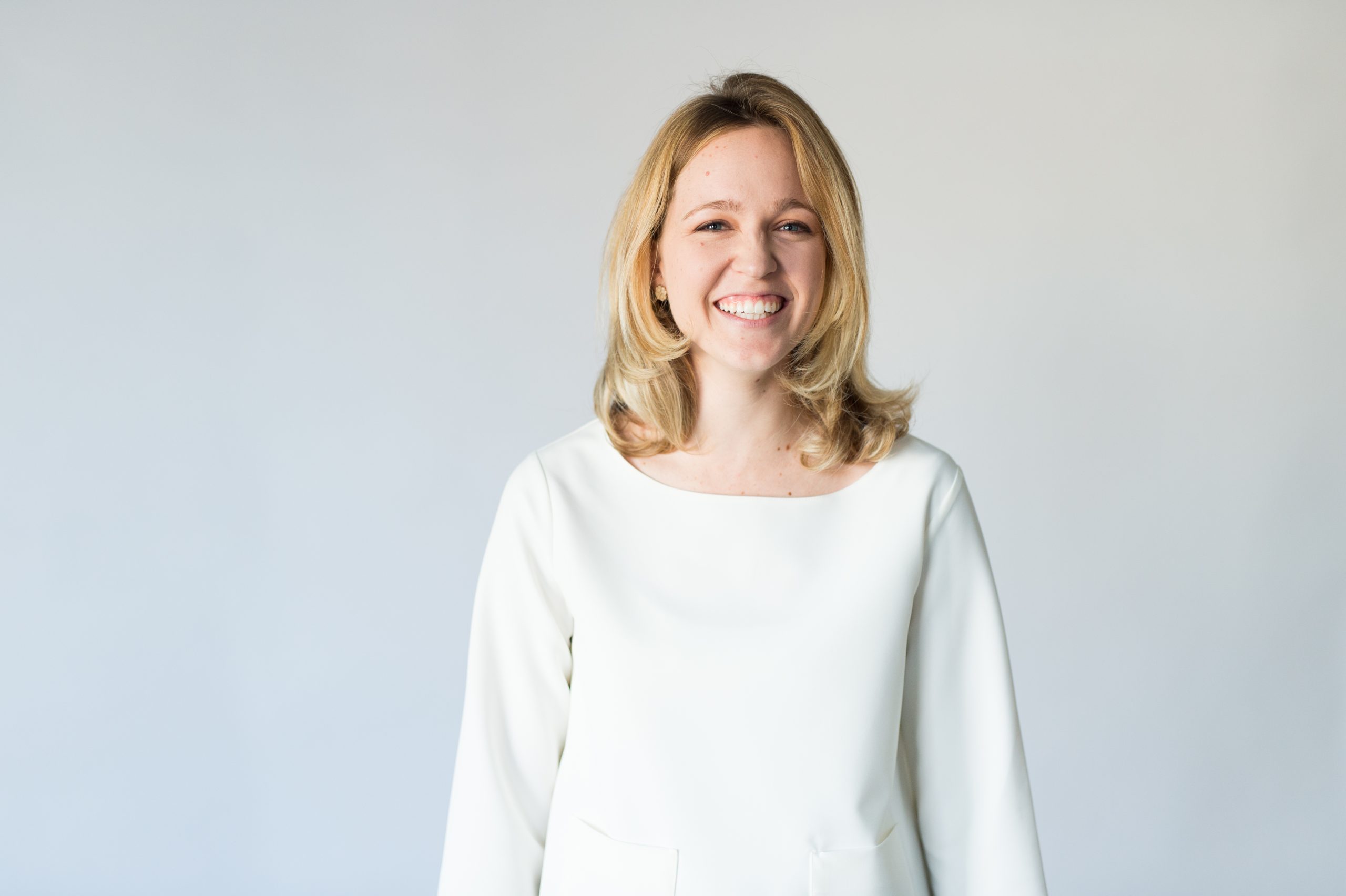
Contributor: Margaret Hancock
How did you come to architecture as a profession?
As an undergrad, I began studying historic preservation at a small liberal arts school. I quickly realized that my personal interest in the built environment was not just about researching, but about designing. So, I transferred to the University of Virginia and switched my academic focus to architecture — and loved every minute of it. After graduation, I worked for an architecture firm in Philadelphia for several years before returning to UVA for graduate school.
What learning experience outside of the classroom has helped shape you as an architect?
The curriculum in architecture school is very independent and defined by individual studio projects. When I began my first job, I was surprised by how collaborative architecture is as a profession — a contrast to the classroom. I enjoyed learning about and participating in that collaboration as other architects, engineers, clients, and stakeholders worked together towards a common goal.
Another meaningful experience for me was completing AIA Virginia’s Emerging Leaders in Architecture program. While I may have learned peripherally about the fundamentals of the profession in school, the program dives into specifics such as contracts and project coordination that I continue to draw upon in my career. It was also a wonderful opportunity to share experiences with those in a similar place as me and to build a network with peers throughout Virginia.
One of your current projects is for your alma mater – the new Contemplative Commons at the University of Virginia. Can you share more about the concept and design?
This is an incredible project as it embodies a new way of learning. VMDO is working with a partner firm — Aidlin Darling Design in San Francisco — to bring the unique concept to life. With Executive Director of the Contemplative Sciences Center Dr. David Germano serving as the visionary, the Contemplative Commons is meant to foster collaboration across different disciplines and through various means of study embedded in well-being. To facilitate this, the building includes traditional classrooms alongside spaces for postural movement such as yoga, living laboratories, studios, collaborative workshops, and serene contemplation. The design is both innovative in that it encompasses new spaces for a new mode of education, and traditional as it references historical spaces on UVA’s Grounds including the Lawn of Thomas Jefferson’s Academical Village.
Have you always been interested in the wellness aspect of the built environment?
The Contemplative Commons has been in the works since 2016 and my interest in wellness has certainly developed and grown over that time. I now have a much deeper appreciation for this component of architecture.
Do you have a favorite aspect of the project?
Yes — the site itself and the goal of interacting with nature. The site on Grounds is next to the Dell and there is a strong connection between the inside and the outside, defined architecturally by circular movement and fluid ins and outs. The overarching concept of the Contemplative Commons is to facilitate students’ flourishing, and nature is an important element of this.
